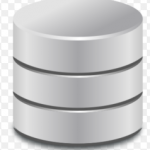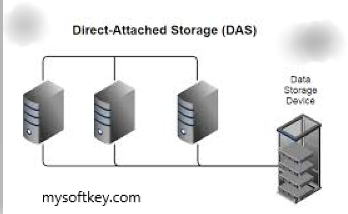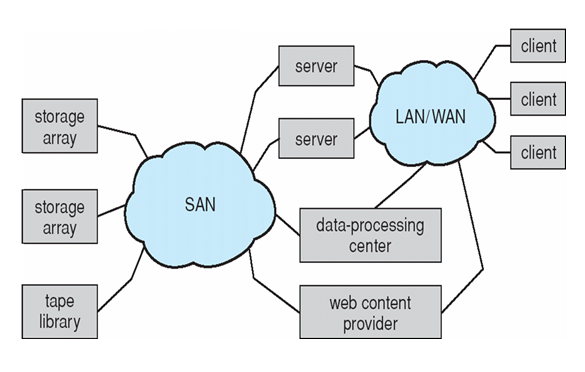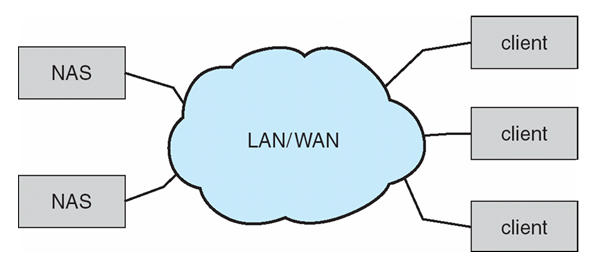 3 form of data storage DAS storage NAS storage SAN storage. DAS: Direct Attached Storage , NAS: Network Attached Storage, SAN: Storage Area Network are the three different high level data storage form.
3 form of data storage DAS storage NAS storage SAN storage. DAS: Direct Attached Storage , NAS: Network Attached Storage, SAN: Storage Area Network are the three different high level data storage form.
1. High Level form of data storage
DAS stands for Direct Attached Storage, NAS stands for Network Attached Storage, SAN stands for Storage Area Network are the three different high level form of data storage. All three data storage: DAS, NAS, and SAN evolved over the years. You can say DAS led to NAS, NAS led to SAN.
On High level there are three form of data storage like follows. However , you can further classify next level too.
- DAS ( Direct Attached Storage)
- NAS ( Network Attached Storage)
- SAN ( Storage Area Network) .
For in-depth understanding, you can read one of the famous book in the field of data storage and networking as: Data Storage and networking by Nigel Poulton
2. DAS (Direct Attached Network)

DAS storagecan provide end users with better performance than networked storage can, because the data does not have to traverse over the network in order to read and write data.
And there is a drawback as well, so it depends on you, what sort of problem set you have? and what sort of solution you are looking for? what you want, think before reaching any particular conclusion, which one is better for you. My belief is, today’s best practices can be the worst practices for tomorrow. Why I said this, just because of the evolving context as per time and business requirement.
- DAS is amlost always faster
- DAS is almost always mor cost effective
- DAS can be just a scalable
- DAS can be just a manageable
1.1 Advantage of DAS storage
great for mainframes and OLTP type high data intensive requirement.
1.2 Disadvantage of DAS storage
DAS storage can not share resourse with another server so scalablility is lacking, you can say not scalable.
3. NAS (Network attached Storage) storage

- Provides connectivity over file based protocols like Network File System (NFS), SMB/CIFS (Server Message Block/Common Internet File System)
- Uses high level file based protocols
- Commands: create a file, rename a file, lock a byte range within a file etc.
- Network-attached storage (NAS) is storage made available over a network rather than over a local connection (such as a bus)
- NFS and CIFS are common protocols
- Implemented via remote procedure calls (RPCs) between host and storage
- New iSCSI protocol uses IP network to carry the SCSI protocol
- NAS is not a reliable for any db like mysql/postgress SQL as it uses NFS (network file system)
- NAS is highly configurable
- NAS is highly manageable
- NAS used shared resources
NAS is expesive
4. SAN (Storage Areas Network) storage

SAN provides block-level access to centralized storage. SAN storage was created in large part due to earlier technology limitations associated with DSS & NAS.
SAN is an extension of DAS with more robust, shareable storage with highly scalable.
key point of SAN storage
Following are the key points of SAN storage.
- Special/dedicated network for accessing block level data storage
- Multiple hosts attached to multiple storage arrays – flexible
- Provides connectivity via FC, FCoE, iSCSI, SCSI (SAS)
- Uses low level disk drive access commands like READ block, WRITE block, and READ capacity
- SAN is expensive
- SAN uses generally iSCSI
- SAN is highly configurable
- SAN is highly manageable
- SAN is shared resources
Wiki – IBM RAMAC 350 Hard Disk
Thanks for visiting this post Know your first disk ( IBM disk). You can also visit Data Storage Tutorial Listing page for more articles on Data Storage.
Your comments are welcome to improve this post 3 form of data storage SAN storage NAS storage DAS storage. Please share this post on social media if you really like this post. Happy Learning.
this is good one… keep writing like this